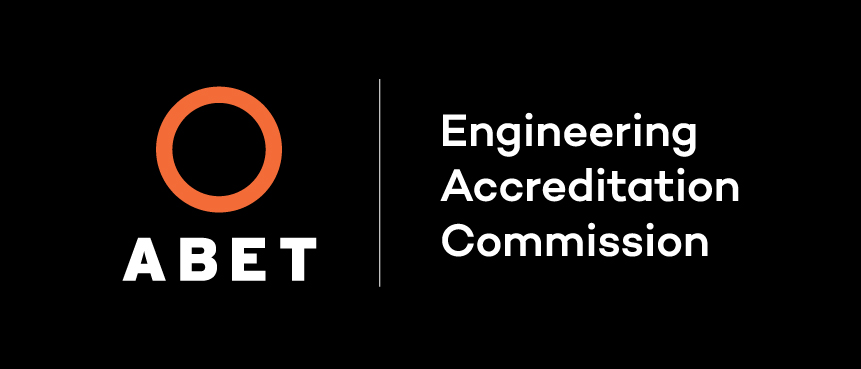
ABET Accreditation
 The Bachelor of Science in Materials Science and Engineering is accredited by the Engineering Accreditation Commission of ABET, https://www.abet.org, under the General Criteria and the Materials (1), Metallurgical (2), Ceramics (3) and Similarly Named Engineering Programs Program Criteria.
The Bachelor of Science in Materials Science and Engineering is accredited by the Engineering Accreditation Commission of ABET, https://www.abet.org, under the General Criteria and the Materials (1), Metallurgical (2), Ceramics (3) and Similarly Named Engineering Programs Program Criteria.
Clemson University's ABET Accredited Programs Enrollment and Graduation Data.
Program Educational Objectives
- Our graduates will demonstrate technical expertise in problem-solving as it relates to the field of Materials Science and Engineering and advances made thereof.
- Our graduates will possess professional curiosity and actively seek to expand their current knowledge base, which will position them at the forefront of their field, whether in industry, government or higher education.
- Our graduates will be innovative leaders leveraging their skills, knowledge, and experience to address engineering grand challenges at the global scale.
Student Learning Outcomes
Upon graduation, the students will have obtained:
- an ability to identify, formulate, and solve complex engineering problems by applying principles of engineering, science, and mathematics
- an ability to apply engineering design to produce solutions that meet specified needs with consideration of public health, safety, and welfare, as well as global, cultural, social, environmental, and economic factors
- an ability to communicate effectively with a range of audiences
- an ability to recognize ethical and professional responsibilities in engineering situations and make informed judgments, which must consider the impact of engineering solutions in global, economic, environmental, and societal contexts
- an ability to function effectively on a team whose members together provide leadership, create a collaborative and inclusive environment, establish goals, plan tasks, and meet objectives
- an ability to develop and conduct appropriate experimentation, analyze and interpret data, and use engineering judgment to draw conclusions
- an ability to acquire and apply new knowledge as needed, using appropriate learning strategies
